Home > Climate News >

Sequestering carbon while making breakfast sweeter
Vermont’s private forests play a key role in mitigating climate change — they store four times as much carbon as the state’s vehicles release each year. Selling forest carbon credits to companies and individuals working to reduce their carbon footprints provides a new source of income for individual landowners like Jessica Boone and Everett McGinley in Vermont’s Cold Hollows region, which helps them protect their forests. Unfortunately, carbon markets can be too costly for most owners of small forest parcels to join.
That’s why the Vermont Land Trust formed Vermont Forest Carbon LLC and teamed up with The Nature Conservancy, the Caron Dynamics Lab at the University of Vermont, and Cold Hollow to Canada, a local land stewardship and conservation organization, helping landowners overcome the cost barrier by working together as a single carbon project.
This is the first large-scale aggregated forest carbon project in the country, with fifteen neighbors teaming up to sell carbon credits from their land…

Community-level assisted migration for climate-appropriate prairie restoration
Given the rate of movements of “climate envelopes,” the principle of use of only locally occurring species and genotypes in habitat restoration is questionable at best. Some local species may be lost entirely if their “climate envelopes” move outside the local area.
Multiple species that grow elsewhere would thrive in restorations if they were able to migrate to new locations, but this is prevented by the speed of climate change and the difficulty of dispersal across fragmented landscapes. To restore the natural process of migration, restorations should include…
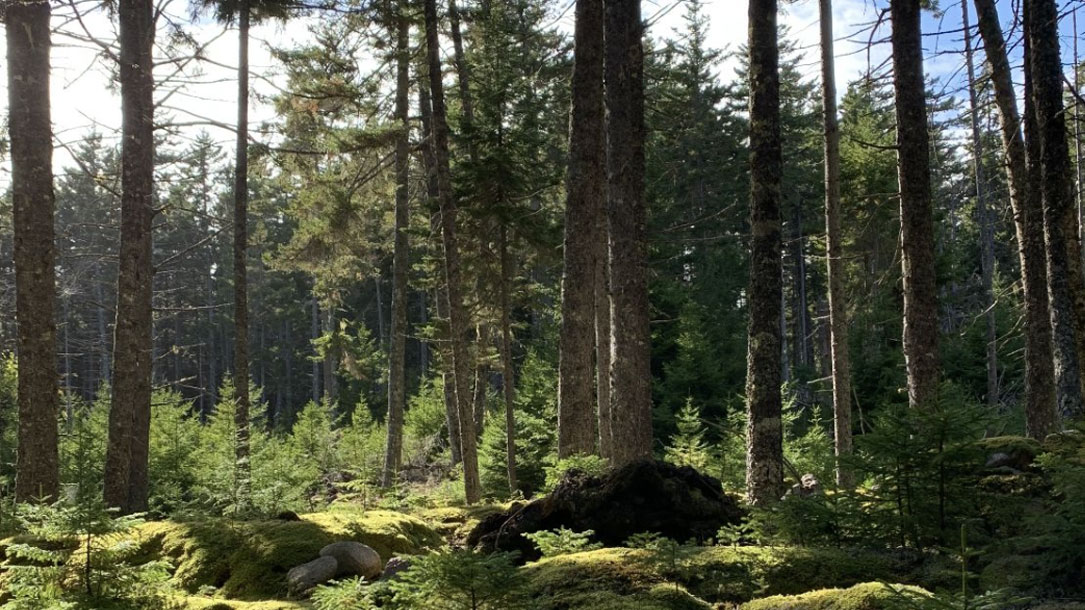
Earth’s coldest forests are shifting northward with climate change
New research from Northern Arizona University shows rising temperatures are causing Earth’s coldest forests to shift northward, raising concerns about biodiversity, an increased risk of wildfires, and mounting impacts of climate change on northern communities…
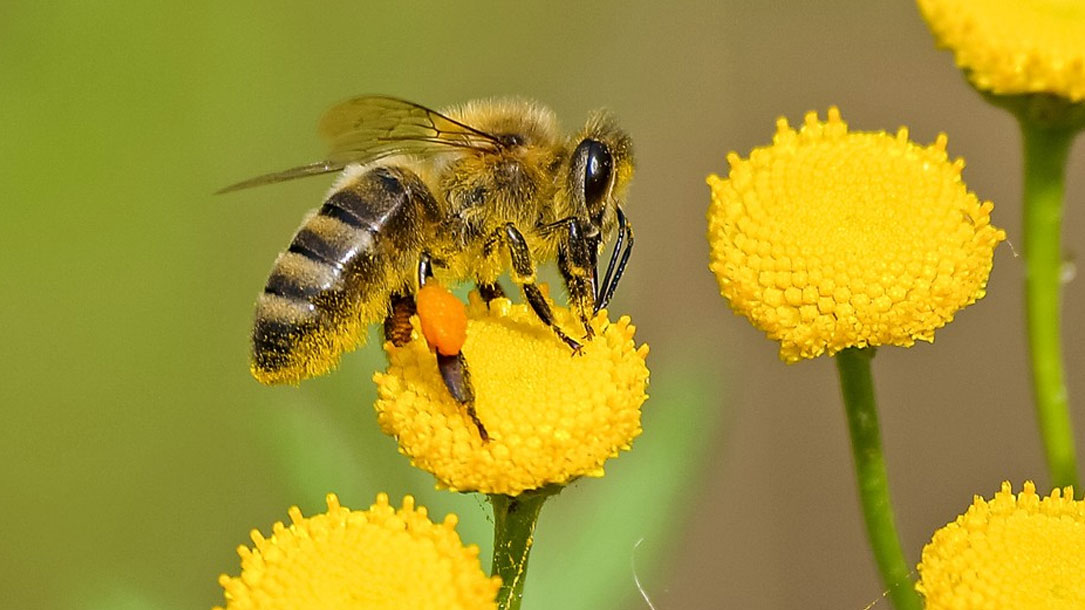
Trait-based filtering mediates the effects of realistic biodiversity losses on ecosystem functioning
We present multiyear results from a realistic biodiversity loss experiment, examining how two key ecosystem functions (productivity and invasion resistance) responded to randomized and realistic (drought-driven) species losses across years with high yearly climatic variation. We show that realistic low-diversity communities do not always have high functioning under the conditions that drove species loss, indicating a disconnect between functional response and effect traits.
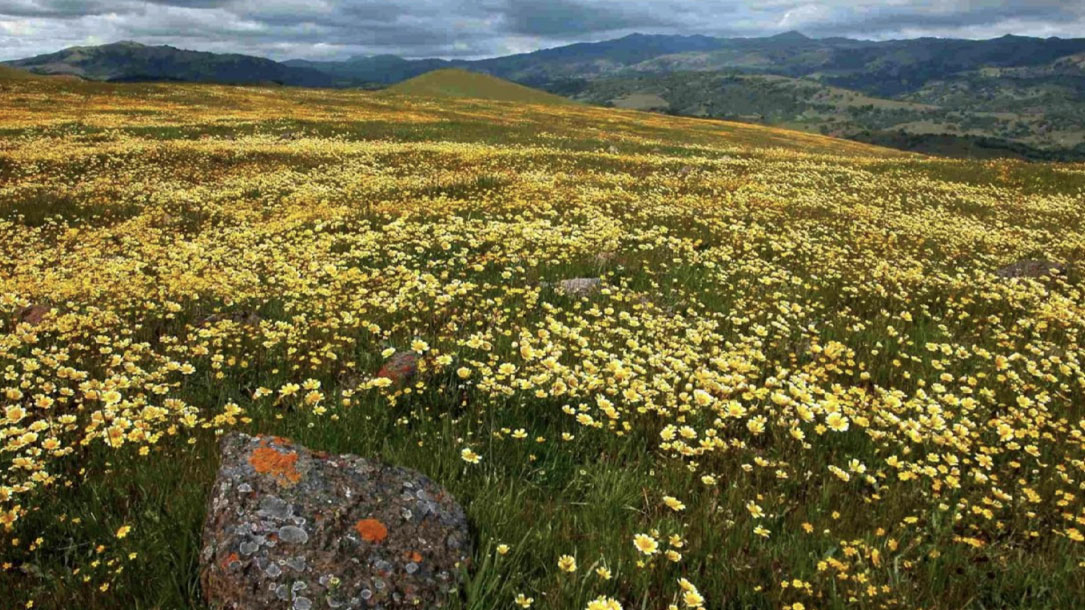
Study on climate change impacts on plants could lead to better conservation strategies
The loss of plant species that are especially vulnerable to climate change might lead to bigger problems than previous studies have suggested, according to a new study published in the journal Proceedings of the National Academy of Sciences. If confirmed, the findings can help inform conservation strategies and lead to more accurate predictions about what ecosystems will look like in the future.
Researchers are now working on a follow-up study to see whether the same results apply to other ecosystems.
“I think studies like this can help set conservation priorities and help us predict where things are headed,” Wolf said. “Species have important impacts within an ecosystem, and they have effects that we can quantify — and if some species are gone, ecosystems will change in a quantifiable way. Some of these changes might not be noticeable to most people, but many of these changes are likely to be consequential for humans.”
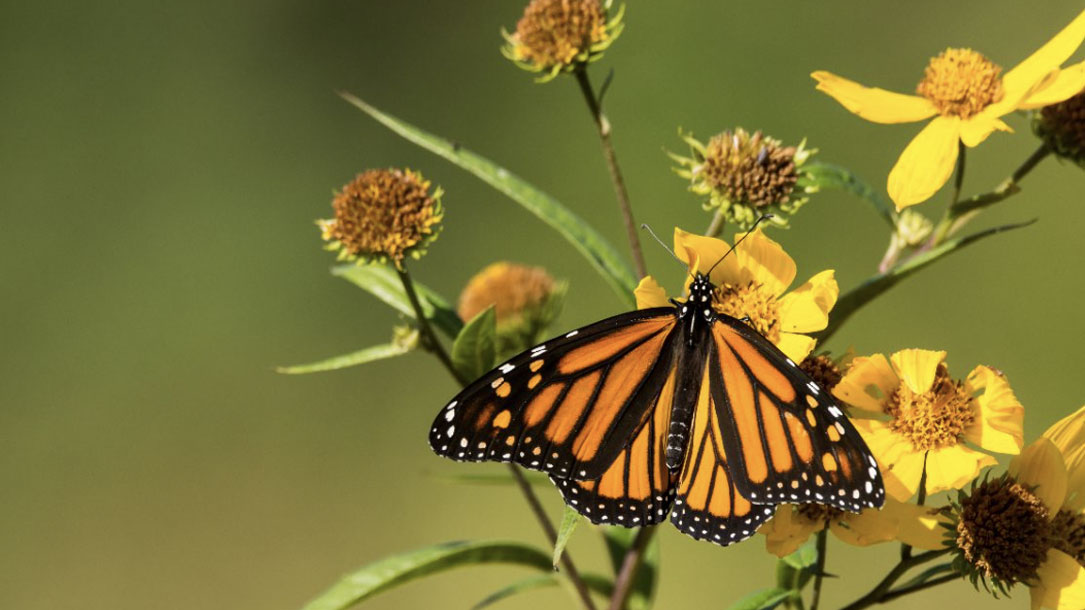
Climate Change Pilot Project
South Kingstown Land Trust was invited by the University of Rhode Island’s Coastal Resource Center (CRC) to participate in a pilot project to investigate how climate change could impact land trusts — whether impacts to our land holdings themselves or to our priorities for preservation.
For Rhode Island, the likely effects of climate change will include sea-level rise and increases in air and water temperature, precipitation, and storminess. The study was funded by the Rhode Island Coastal Resources Management Council…
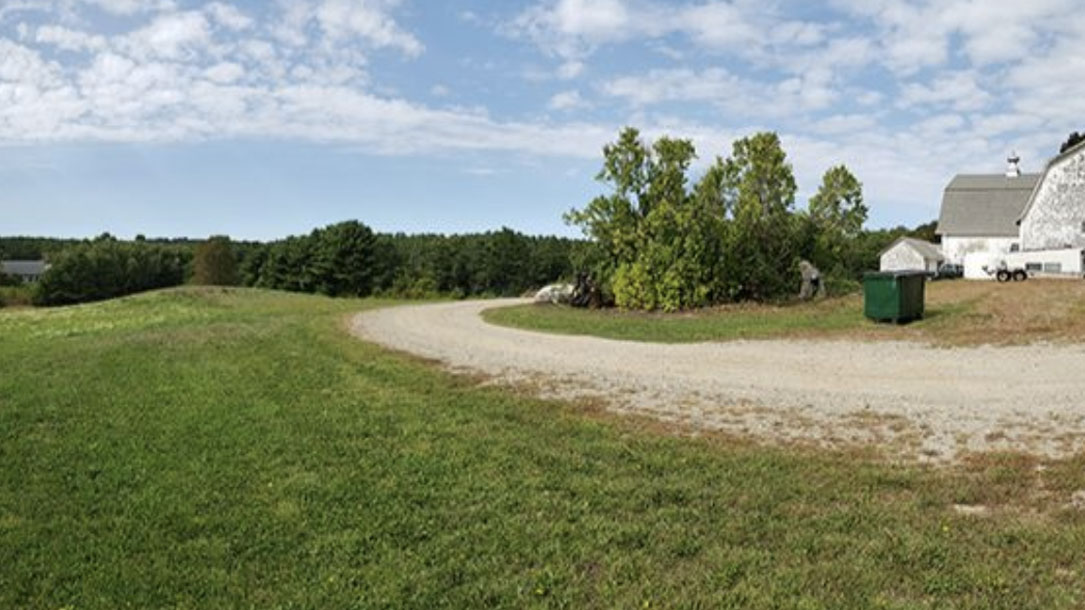
Land trust installs their own solar project
Coastal Rivers is working toward a goal of achieving carbon neutrality within the next five years. A major step toward this goal was to install energy-efficient heat pumps to heat and cool the renovated Denny Conservation & Education Center at Round Top Farm. The next step is to power those heat pumps — and the bulk of our electrical needs overall — with solar-generated energy.
We have a prime site for a solar installation at Round Top Farm in the southwest field below the large dirt parking lot by Darrows Barn. The slope aspect is ideal, and the topography limits visual impacts. We also have three-phase power to the site already, which will reduce construction costs…
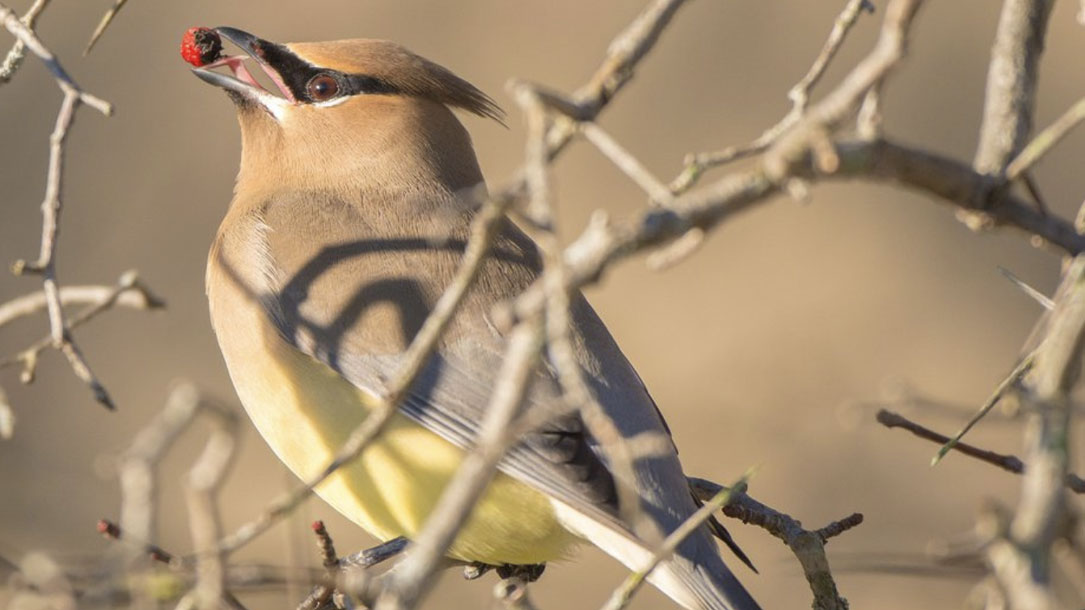
With fewer animals to move their seeds, plants are stuck in threatened habitats
Half of all plant species rely on animals to scatter their seeds through hitchhiking in scat, fur, or beaks. When animal populations decline, so does the ability plants have to disperse their seeds and adapt to climate change. Against the backdrop of a heating planet, species are shifting away from their historically-adapted climate conditions…
A study published this month in the journal Science found that 60 percent of all plants globally are already having trouble keeping up with climate change as seed-spreading species face major drops in population numbers…

The effects of defaunation on plants’ capacity to track climate change
Most plant species depend on animals to disperse their seeds, but this vital function is threatened by the declines in animal populations, limiting the potential for plants to adapt to climate change by shifting their ranges. Using data from more than 400 networks of seed dispersal interactions, Fricke et al. quantified the changes in seed disposal function brought about globally by defaunation.
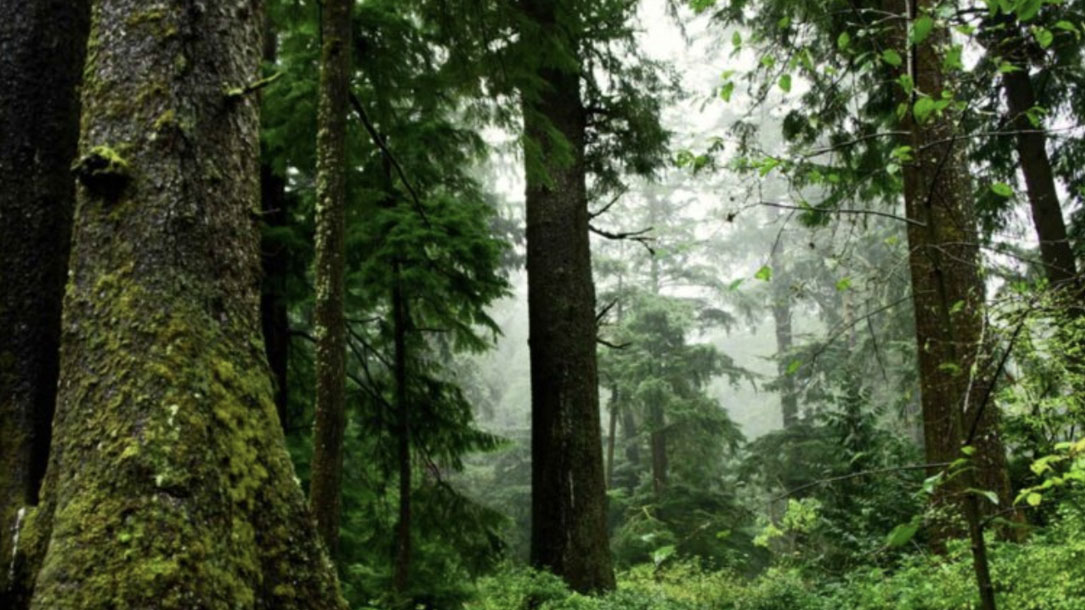
Are old-growth forests protected in the U.S.?
As crazy as it sounds, no one really knows how much old growth is left in America’s forested regions, mainly because various agencies and scientists have different ideas about how to define the term. Generally speaking, “old growth” refers to forests containing trees often hundreds, sometimes thousands, of years old. But even when there is agreement on a specific definition, differences in the methods used to inventory remaining stands of old growth forest can produce major discrepancies.












